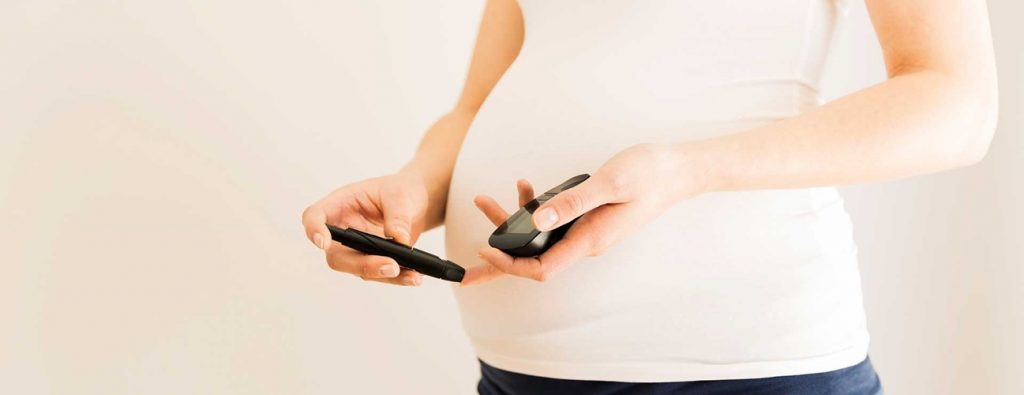Gestation diabetes mellitus (GDM) is a condition that can occur during pregnancy and it is the fastest growing type of diabetes in Australia currently. It usually occurs from the 24-28th week of pregnancy and up to 15% of women will experience this condition.
What is it?
Diabetes is a condition where there is too much glucose (sugar) in your blood. Insulin, our main hormone that is used to move glucose from your blood to your body cells is blocked, and therefore you can become insulin resistance. This causes high levels of glucose. During pregnancy, the growth of the placenta and the baby causes many hormonal changes and this too can cause you to become insulin resistance. If the body cannot counteract these hormonal changes, you develop gestational diabetes.
Some women have an increased risk of developing this condition and should be aware of this; as they may need to get tested earlier within the pregnancy. Increased risk factors include?
- Previous GDM in a pregnancy
- Maternal age greater than 40 years
- Family history of Type 2 diabetes
- Above a healthy weight range
- Underlying medical conditions such as PCOS
- Certain medications
Does it affect the baby?
Diabetes can affect the mother and the baby. It can put you at risk of developing Type 2 Diabetes in the future and increase the baby’s risk of developing this as well. It may affect the baby’s growth as consistently high levels of blood glucose may lead to excessive sugar and fat amounts crossing into the placenta, this causes the babies growth to increase. This causes implications during delivery as larger babies are more likely to incur complications during delivery and may require the use of instruments (forceps, vacuum), episiotomy, tearing, or the need for a caesarean delivery. A more complicated delivery unfortunately may create long term pelvic health dysfunction.
What do you do about it?
Some women’s gestational diabetes can be managed via healthy eating and physical activity. It is a team effort of the mother, family and health professionals specifically trained in the area where they can guide you on how you can manage the condition.

